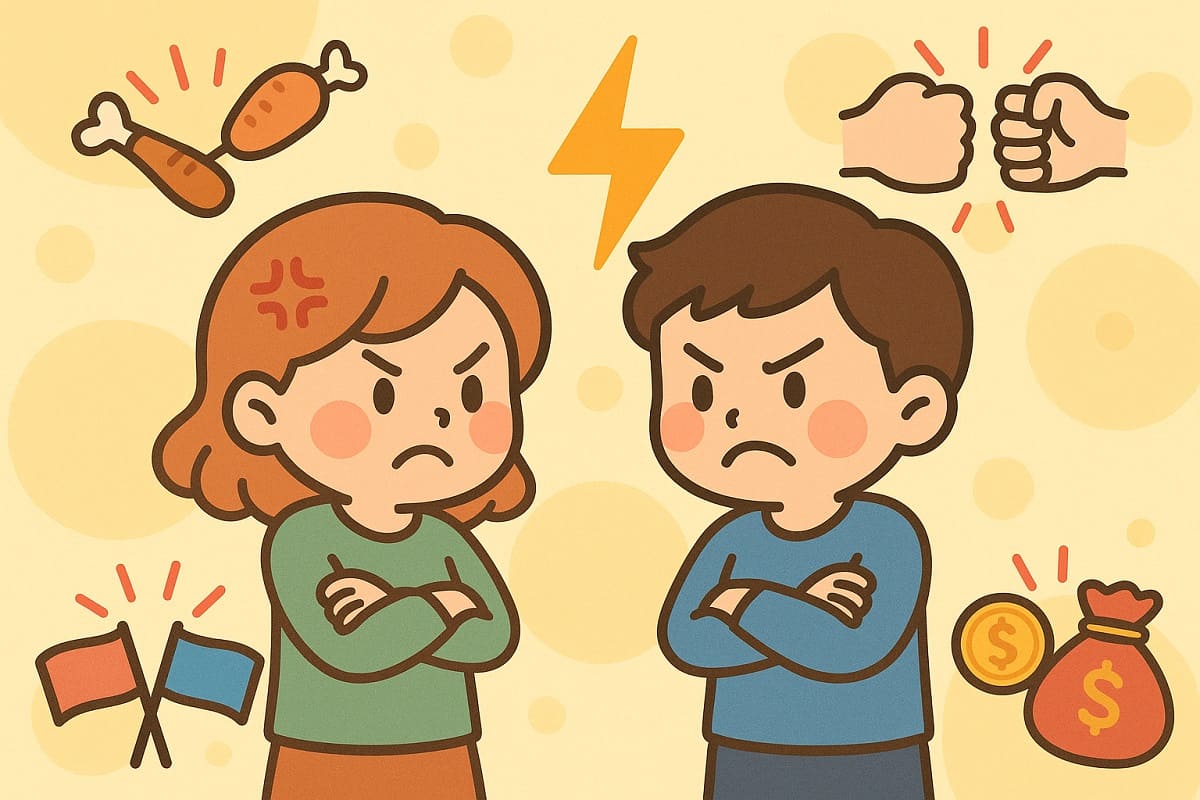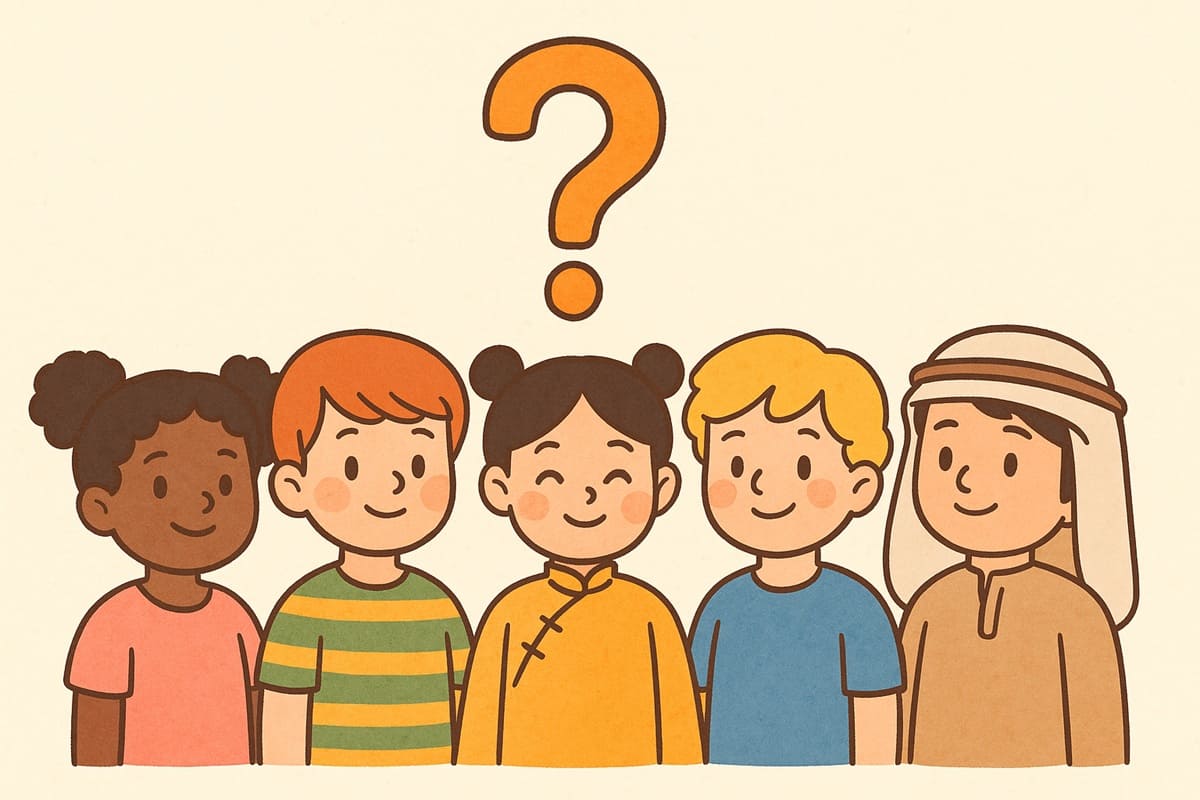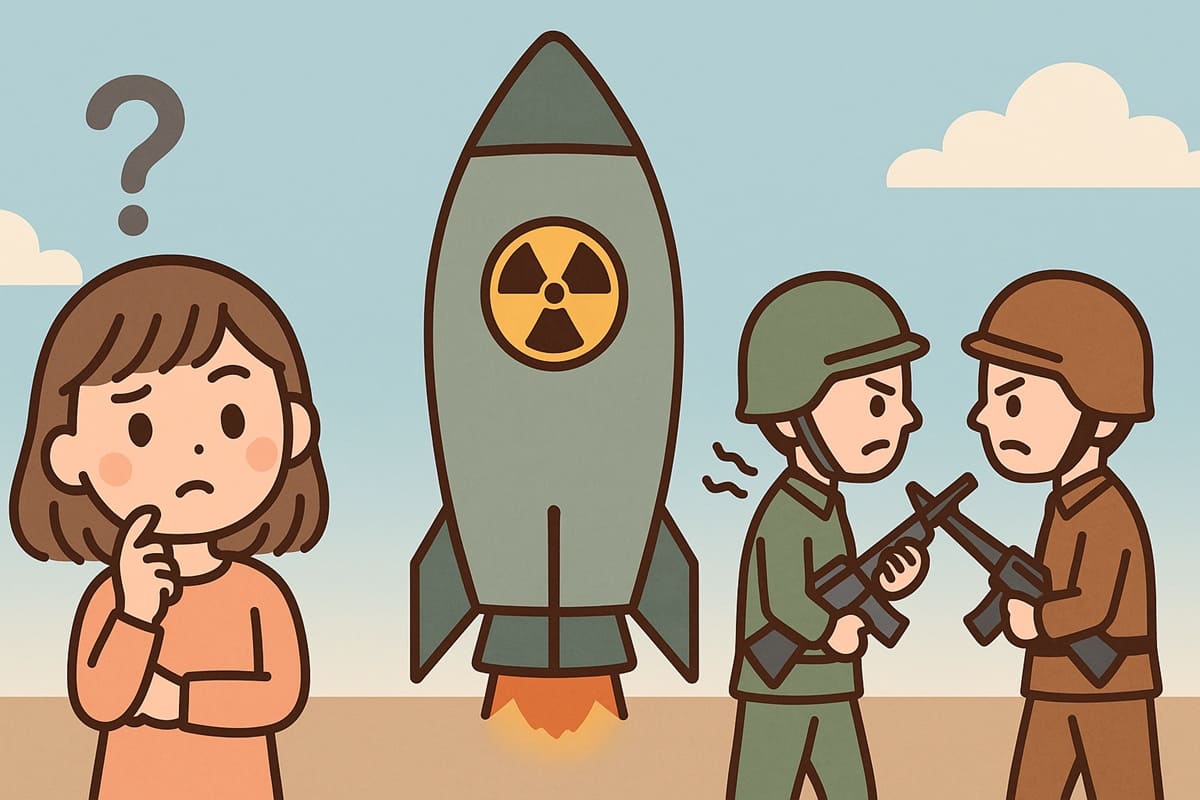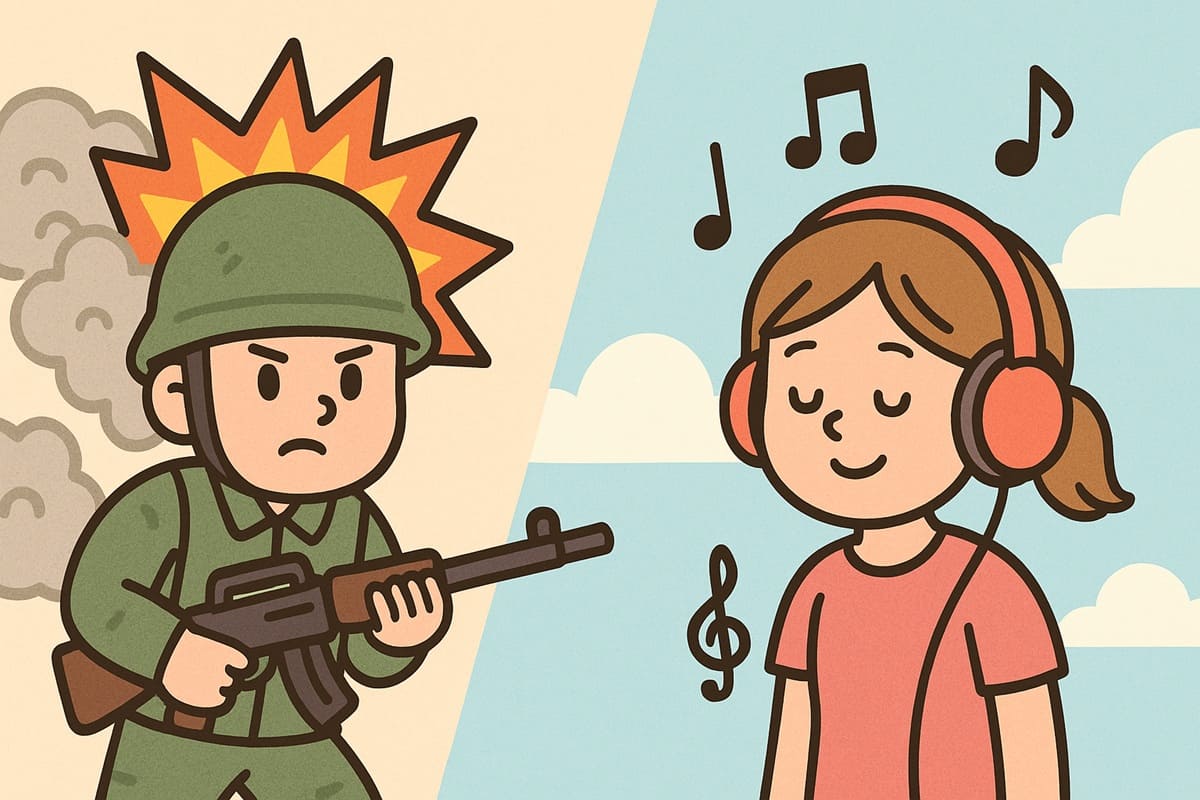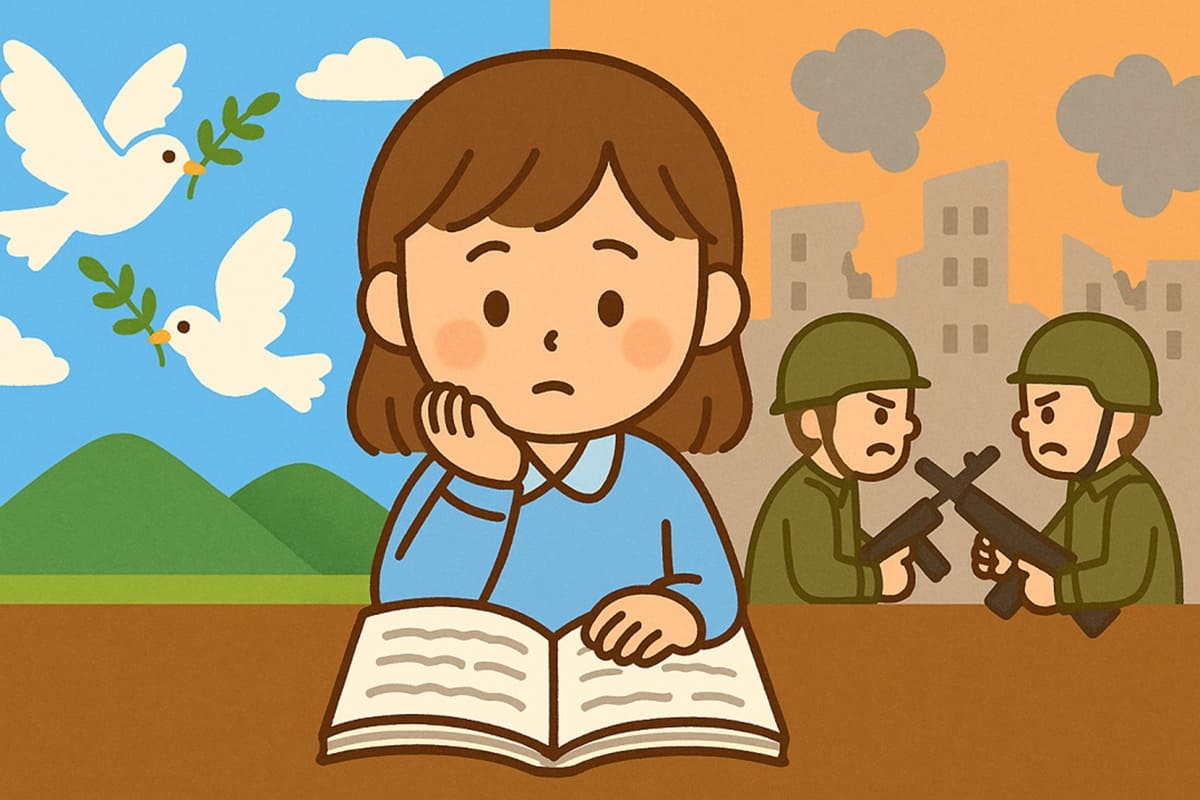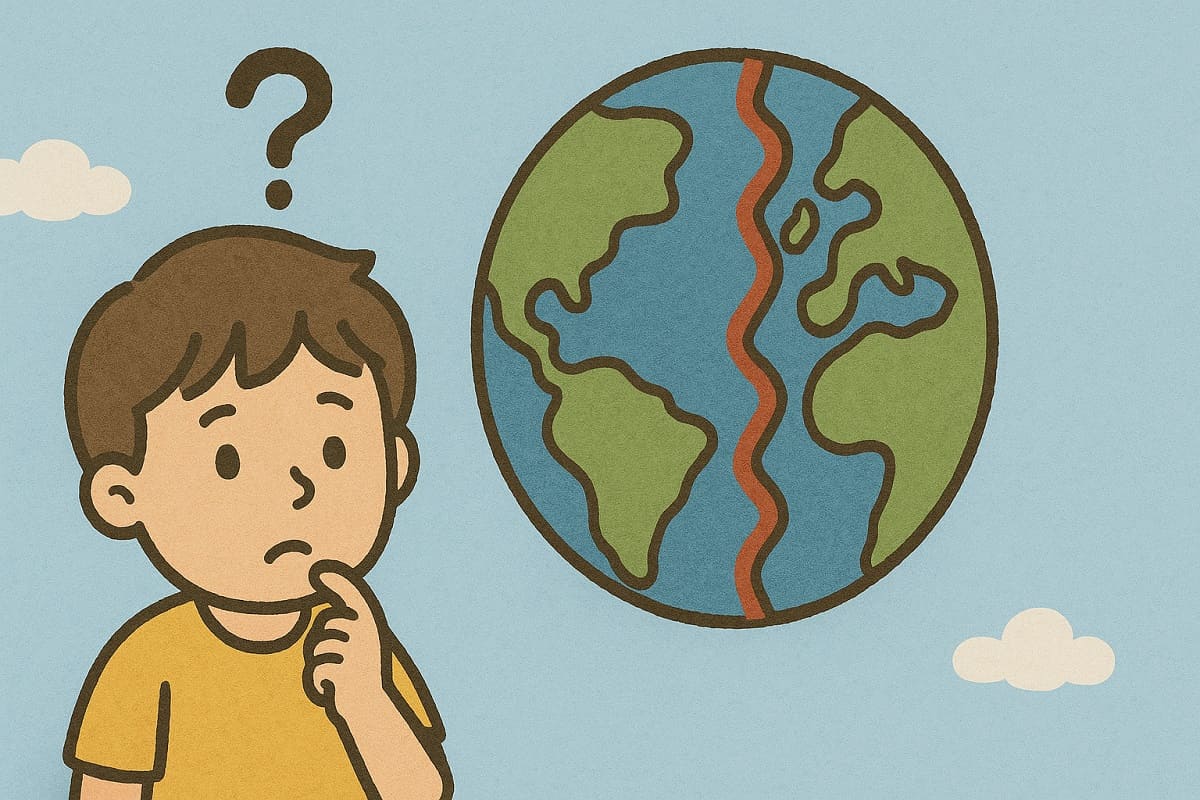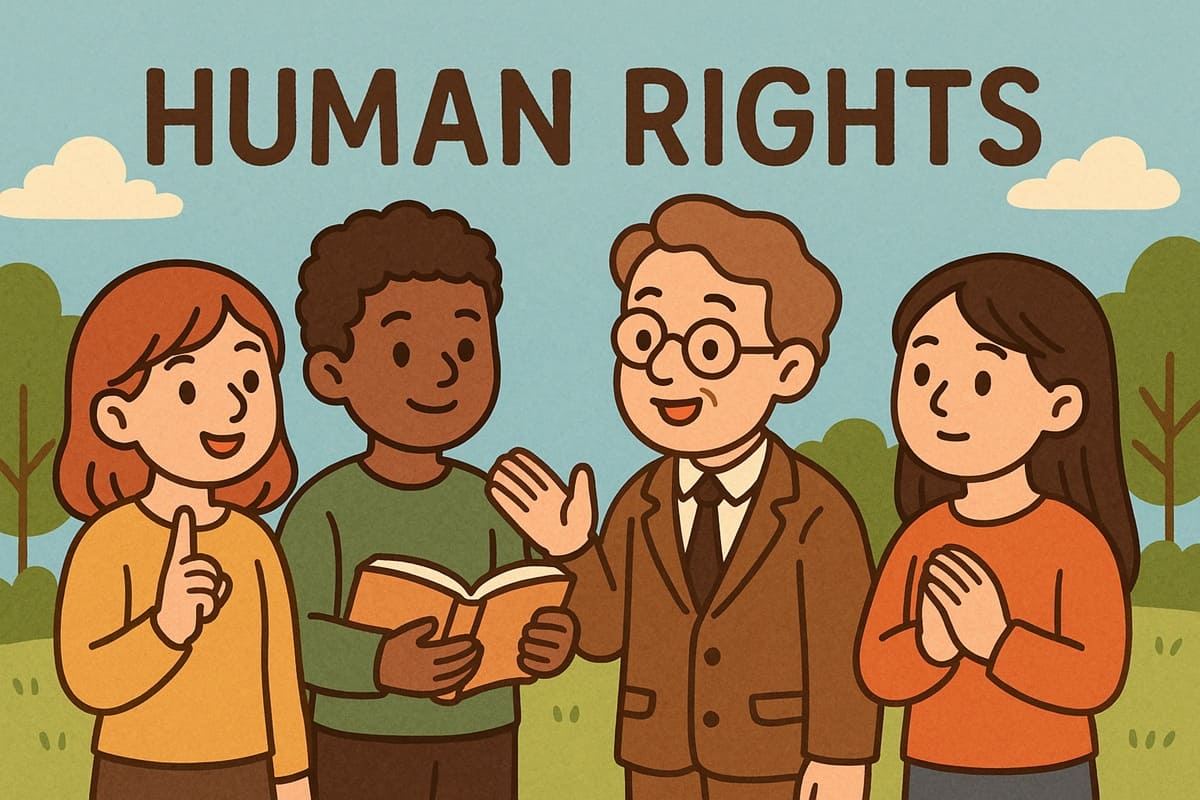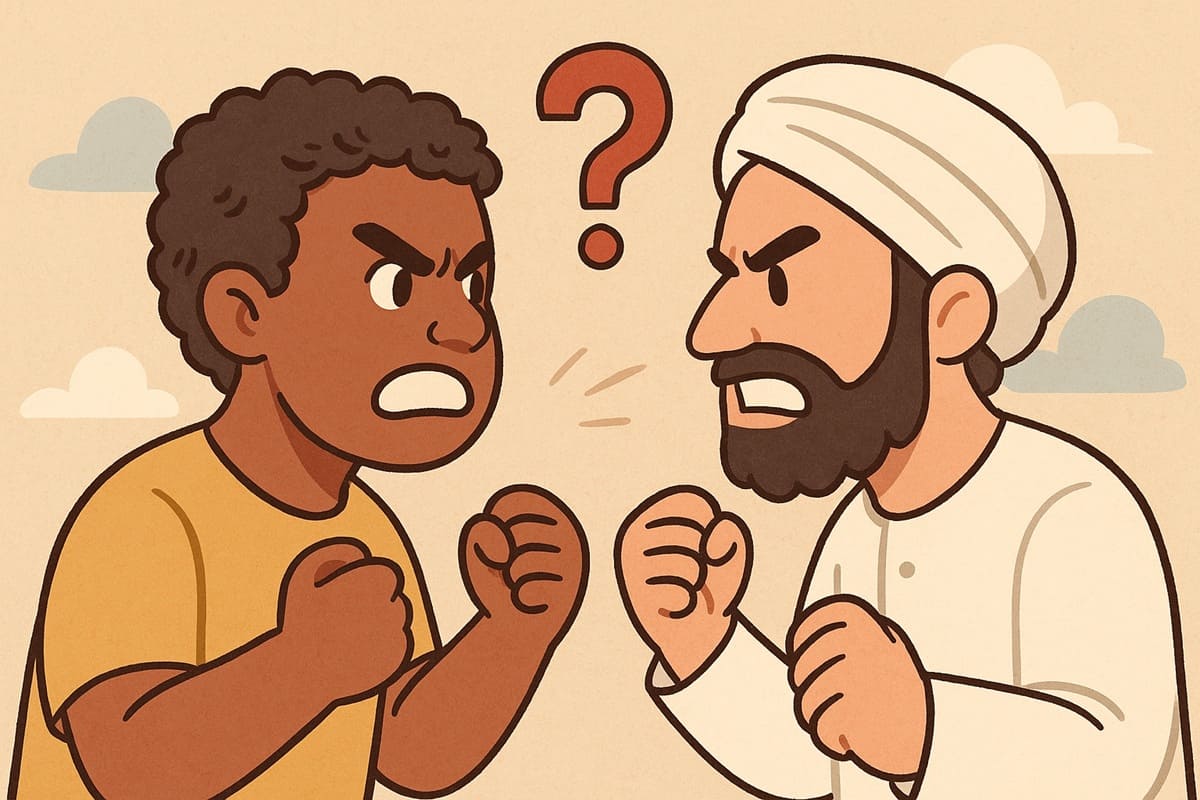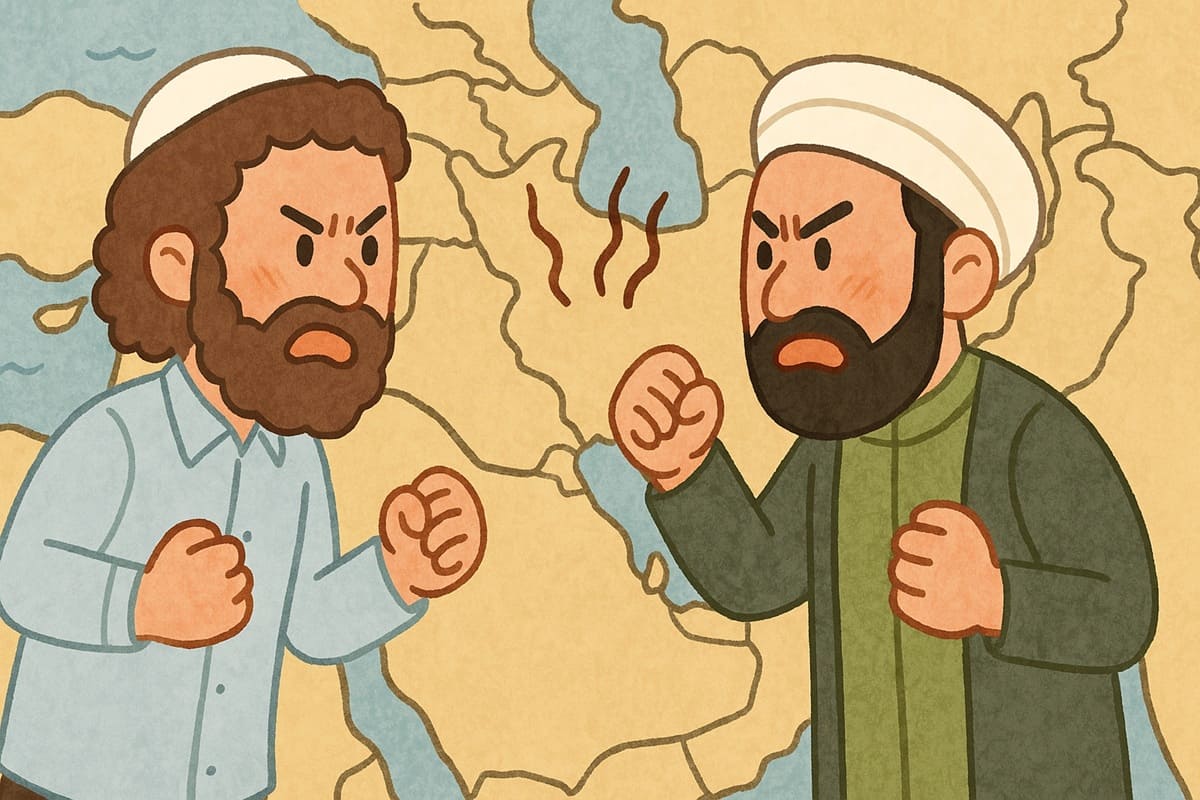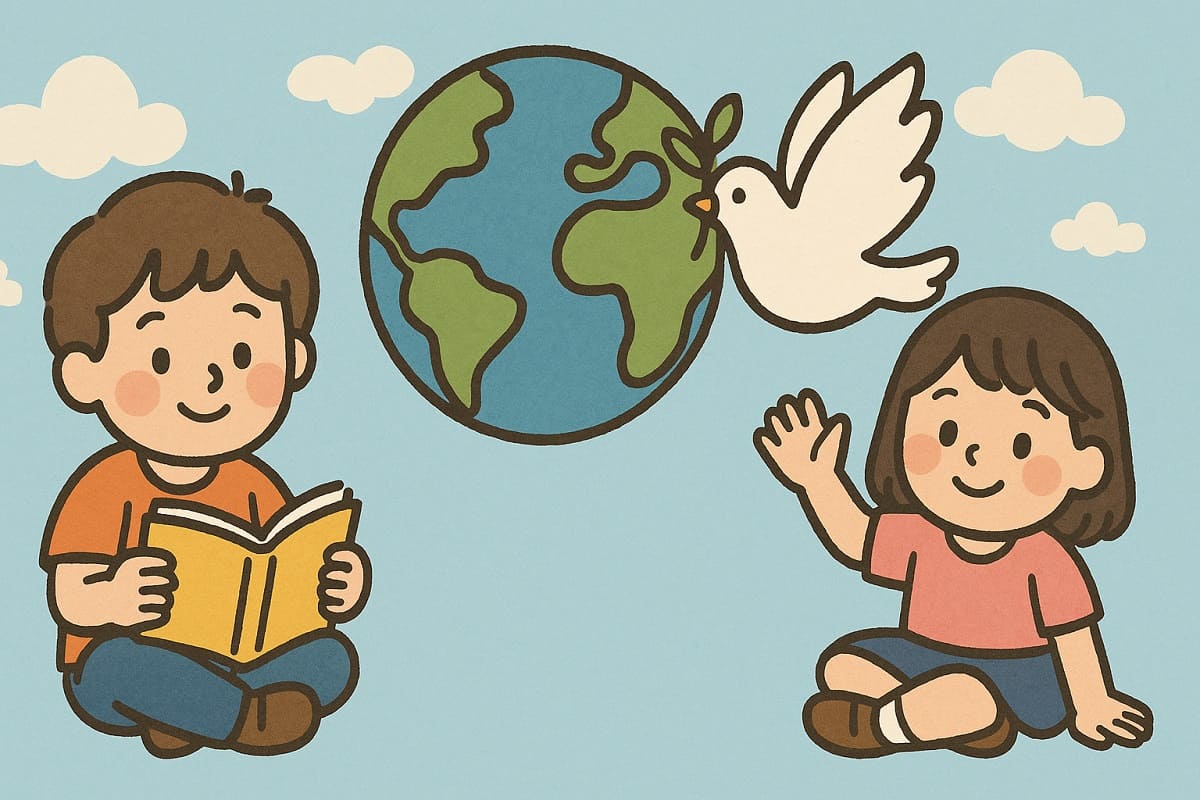Why Are Israel and Palestine Always in Conflict?
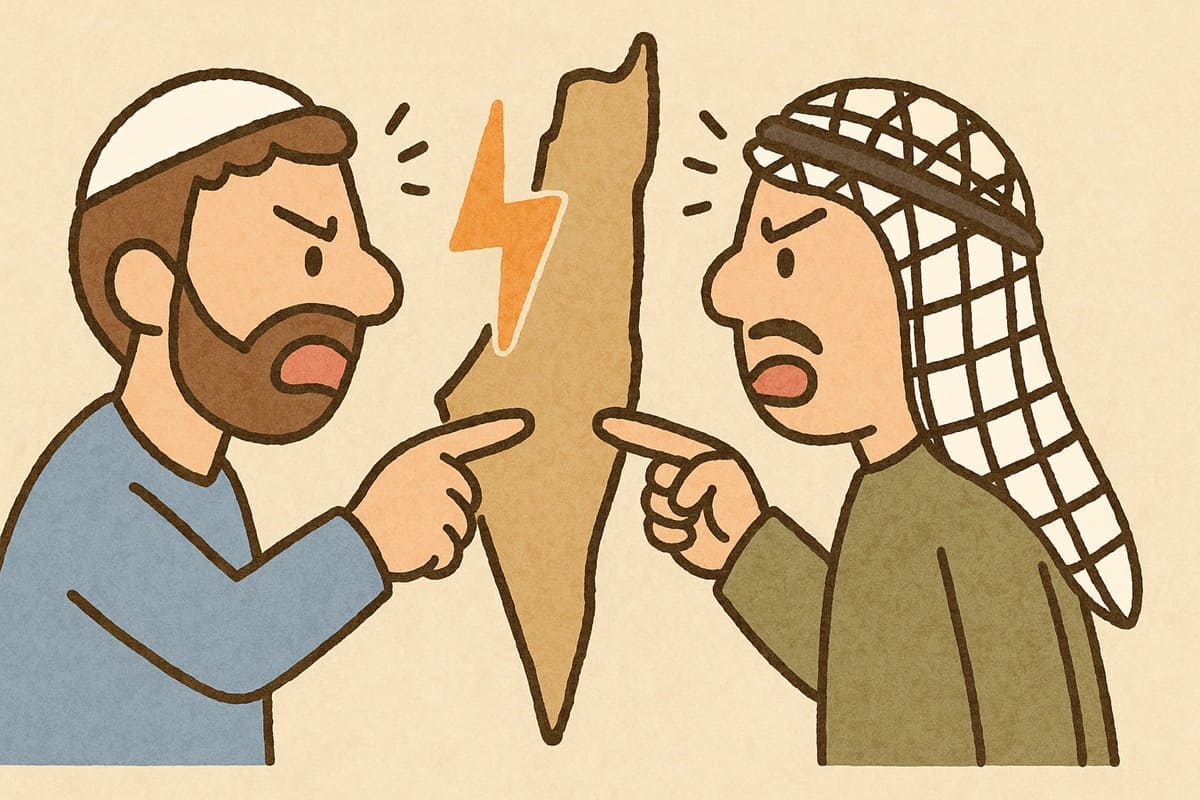
We often hear about the “conflict between Israel and Palestine” in the news. With every round of bombings, rocket attacks, or clashes in the Gaza Strip or the West Bank, many people wonder: “Why has this conflict lasted so long?” This issue is not merely a matter of religion or politics. It is deeply rooted in thousands of years of history and influenced by modern international politics in complex ways.
“Palestine” the Promised Land?
The land that Israel and Palestine are fighting over has historically been called “Palestine.” It is considered a holy land for three major religions: Judaism, Christianity, and Islam. The city of Jerusalem, in particular, holds profound significance for followers of all three.
According to the Jewish tradition, the Hebrew Bible (Old Testament) refers to this land as the “Promised Land” given by God to the Jewish people. Around 1000 BCE, the Kingdom of Israel existed here, ruled by kings such as David and Solomon. However, the kingdom was later conquered by foreign powers, and many Jews were dispersed across the world—a phenomenon known as the “Diaspora.”
In the 7th century, Islam spread to this region, and Arab peoples (ancestors of today’s Palestinians) began to settle in the area. Thus, both Jews and Arabs claim this land as their own based on historical ties.
Britain’s “Triple Promise” as the Spark
A major trigger of the current conflict lies in the “triple promise” made by Britain during World War I in the early 20th century.
At the time, this region was under the control of the Ottoman Empire (centered in present-day Turkey). While fighting against the Ottomans, Britain made three conflicting promises:
- To the Arabs: Independence (Hussein–McMahon Correspondence)
- To France: A secret agreement to divide control of the Middle East (Sykes–Picot Agreement)
- To the Jews: Support for a “national home” in Palestine (Balfour Declaration)
In short, Britain promised the same land to Arabs, Jews, and the French. This “triple-dealing diplomacy” caused confusion after the war and became a major source of contention over who the land of Palestine rightfully belonged to.
The Founding of Israel and the Palestinian “Nakba”
After World War I, the Ottoman Empire collapsed, and Britain took over Palestine as a mandate territory under the League of Nations. Following the Balfour Declaration, Britain began supporting Jewish immigration to Palestine, especially as Jews fleeing Nazi persecution in Europe sought refuge.
Meanwhile, the Arab Palestinian population, who had been living there, strongly opposed the loss of their land and political power due to the influx of Jewish immigrants.
After World War II, in 1947, the United Nations proposed a Partition Plan to divide Palestine into a Jewish state and an Arab state. The Jewish side accepted the plan; the Arab side rejected it. In 1948, Jews unilaterally declared the establishment of Israel, prompting neighboring Arab countries to launch the First Arab–Israeli War.
As a result of the war, Israel ended up controlling a larger territory than originally allocated by the UN, and about 750,000 Palestinians were expelled from their homes and became refugees. Palestinians refer to this as the Nakba (Catastrophe) and continue to carry the pain and memory of this event.
Occupation, Settlements, and Ongoing Conflict
Further wars occurred between Israel and Arab countries, but in the Six-Day War of 1967, Israel occupied the West Bank, Gaza Strip, and East Jerusalem.
These areas were originally envisioned as part of a future Palestinian state, so Israel’s occupation has been widely criticized by the international community. Moreover, the Israeli government has built Jewish settlements in these occupied territories.
This situation intensified Palestinian frustration, leading to popular uprisings known as the Intifada in 1987 and 2000. At the same time, political divisions emerged among Palestinians themselves, such as the rivalry between the moderate PLO (Palestine Liberation Organization) and the hardline group Hamas, further complicating the situation.
Is There a Path to Peace?
The international community has long promoted the idea of a “two-state solution”—a peaceful coexistence between Israel and Palestine. In 1993, the Oslo Accords were signed, and the Palestinian Authority was established. However, many issues remain unresolved.
Key points of contention include:
- The status of Jerusalem
- The right of return for Palestinian refugees
- The dismantling of Israeli settlements
Even in the 2020s, fighting in Gaza, clashes in the West Bank, and retaliatory attacks from both sides continue, resulting in the loss of innocent lives. Many experts argue that peace requires mutual recognition and overcoming historical grievances—but that is easier said than done.
Conclusion
The conflict between Israel and Palestine is not a simple matter of “who’s right and who’s wrong.” It involves a complex web of religion, ethnicity, history, and international politics. Both sides have reasons they consider just. And external influences—such as Britain’s triple-dealing diplomacy—have further complicated the situation.
What we can do is to learn about this complex history accurately, and strive to understand both perspectives without bias. The first step toward peace is to seek understanding.
Main References
- Jewish Virtual Library. (n.d.). Jewish claim to the land of Israel. American-Israeli Cooperative Enterprise.
- The Avalon Project. (n.d.). The Balfour Declaration 1917. Yale Law School, Lillian Goldman Law Library.
- Al Jazeera. (2023). Palestine and Israel: A brief history in maps and charts.
- United Nations Information Centre. (n.d.). The Question of Palestine.
- Washington Institute for Near East Policy. (n.d.). Religion and the Israel–Palestinian Conflict: Cause, Consequence, and Cure.
